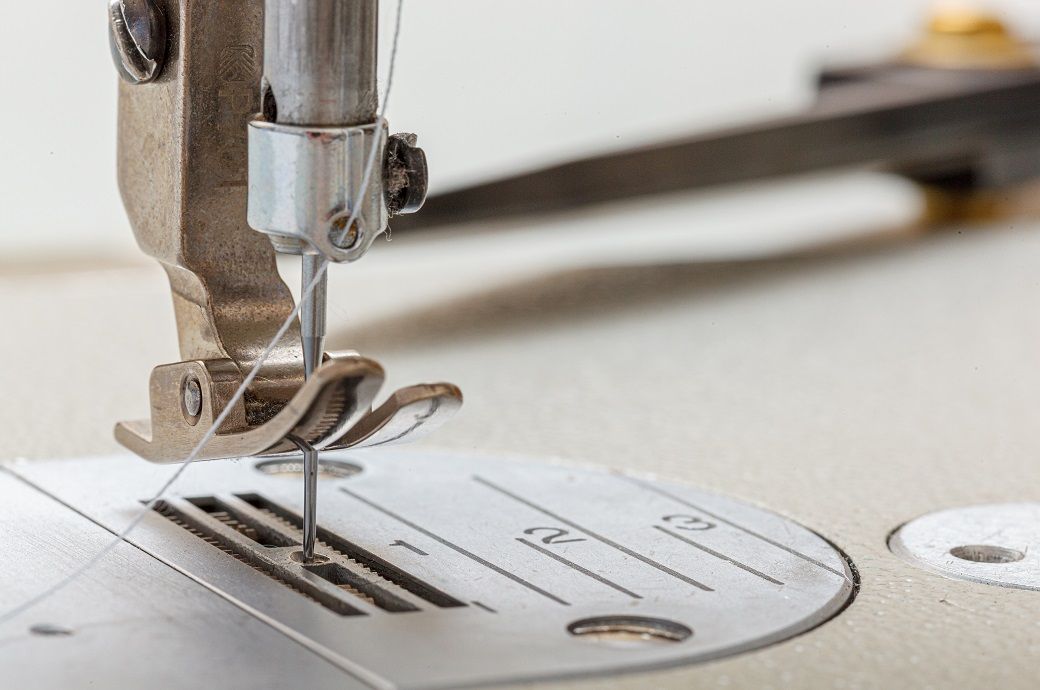
With a few exceptions, new orders fell continuously throughout 2022 and are therefore currently calendar adjusted 10.1 per cent lower than in December 2021. The development throughout the last year is contrary to 2021, when new orders rose due to COVID-19 recovery effects. Overall, new orders are currently slightly above the pre-COVID level. In a calendar adjusted comparison, new orders are currently 1.2 per cent higher than in December 2019, according to a press release by Destatis.
At 5.7 per cent, the current increase was particularly strong for domestic orders. At the same time, foreign orders also increased by 1.2 per cent. In this context, new orders from the eurozone increased by 9.8 per cent, while orders from the rest of the world decreased by 3.8 per cent.
While new orders in the capital goods sector remained unchanged, orders in the main intermediate goods group increased by 9.7 per cent. At the same time, new orders in the consumer goods sector decreased by 3.3 per cent.
After revision of the preliminary results, new orders for November 2022 were 4.4 per cent lower than in October 2022 (preliminary figure: -5.3 per cent).
According to provisional figures, real turnover in manufacturing (seasonally and calendar adjusted) decreased by 1.7 per cent in December 2022 compared to November 2022. For November 2022 revision of the preliminary figures resulted in an increase of 2.5 per cent compared with October 2022 (provisional figure: +2.1 per cent). Compared with December 2021, turnover was a calendar adjusted 1.9 per cent higher.
ALCHEMPro News Desk (NB)
Receive daily prices and market insights straight to your inbox. Subscribe to AlchemPro Weekly!